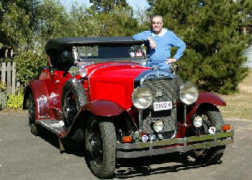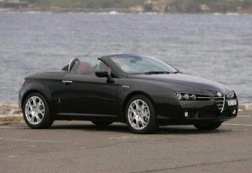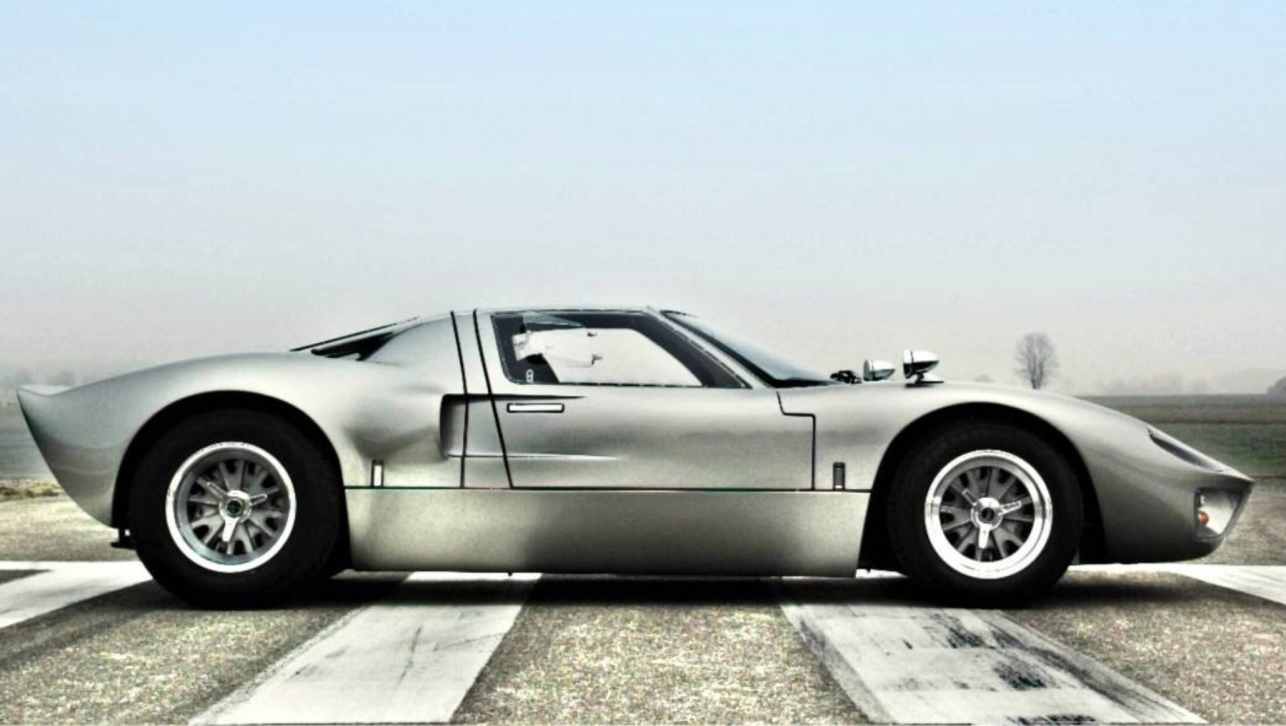Throughout the years, many fans have been inspired by screen star Herbie the Love Bug and spent plenty of time and money restoring old models to their shiny best.
It's people such as Murray Fleming, whose efforts restoring an “Oval” VW Beetle, so called because of it's distinctive rear windscreen, means children can continue giving siblings a dead arm and yelling “punch bug” when one zooms past.
It was no easy task for Fleming to get his beloved Beetle back on the road. The Ingleburn resident spent thousands of hours restoring the 1956 “love bug” to its now-pristine condition, after rescuing the car in 1992 as it sat rusting away in a shed in Mittagong. He paid $700 for it after spotting an ad in a magazine.
“I had to get a truck to pull it out of the mud, the owner had started to do it up. He had pulled it apart and left it there and it started to rot,” Fleming says.
It was at that moment, Fleming began his love affair with the Volkswagen brand. With a brother-in-law who was already a keen VW enthusiast, Fleming got to work transforming his new toy from the wreck it was into the beauty it is today.
“I've done a complete rebuild, rust cut-out, resprayed, re-upholstered, the engine, the gearbox, wheels, the whole thing,” he says.
Fleming, who has been the president of the Sydney Flat Fours Vee Dub club for the past seven years, wasn't new to car restoration.
Past experience fixing up a Torana, Kingswood and Commodore helped in his Volkswagen endeavours. But Fleming says it wasn't an easy job and there were times when he found it hard to love the bug.
“From start to finish, it took six years,” he says. “Many times I thought I was going to sell it and give up, my wife said, `No, you'll just buy something else and start again', so she kept me going. She loves it.”
After all his hard work, the Beetle is now worth about $20,000, although Fleming says he would probably only get $16,000 if he was to sell it. But he's not too concerned about recovering his losses.
“I wouldn't sell it, I've had it for too long, it means too much to me,” he says.
While he still drives it, the 50-year-old says as his two daughters, now 24 and 16, got older they had to find something bigger to fit everyone in when going on holidays.
So he purchased a 1989 twin-cab Kombi eight years ago and now keeps his Beetle mainly for club runs.
“(It's) the simplicity of them, they're easy to work on and the history of them, they've been around for 50 years and they're still surviving,” he says. “It's a good reliable car, cheap to run, good on fuel and the parts are relatively available. It's good for a younger person who wants to learn to drive and learn the mechanical side as well. It's a top car, really fun to drive.”
And in his bubblegum green, aqua-blue bug, Fleming finds people like to reminisce about their own VW experiences. “A lot of old people come up and say, `I used to have one when I was a kid' and young kids like it as well.”
While Fleming's Beetle is a fully imported German model, he says many of those assembled in Melbourne are keenly sought after by US and British enthusiasts.
The origins of the Beetle date back to 1925 and they were further developed by the commissioning of a “peoples' car” by Adolf Hitler. But the Bug didn't come into production until after the war.
And they didn't officially acquire the name Beetle or Bug until 1967. Fleming doesn't have any more plans for improving his Bug.
But he now has another project under way.
“I've been working on another one, a 1958 model, I'm turning it into a roadster,” he says.





.jpg)
.jpg)



.jpg)
.jpg)


.jpg)


.jpg)



.jpg)
.jpg)
.jpg)






Comments